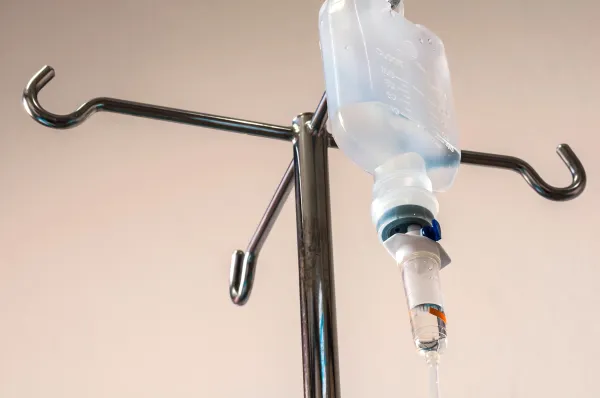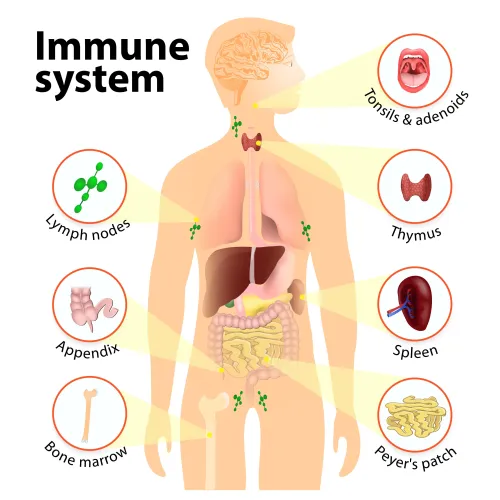For Infusions, Primary Purpose — Not Medication Sequence — Matters Most

Here are 2 exceptions for when you can report two initial administration codes. Choosing the correct initial CPT® when coding infusions can be confusing. You need to know what type of drug is being administered, experts say. The common hierarchy is: Exception 1: You can submit two initial codes when administration requires two separate IV sites. The infusion administration documentation must support why this was necessary. Exception 2: The only other exception for reporting more than one initial CPT® administration code is when the patient presents for two different encounters on the same day. "For example, a patient received chemotherapy in the morning and the infusion is complete and patient is discharged from the infusion area," Loya says. "Later that day the patient calls with a concern or issue. The physician has them return later the same day. As a result of the visit, the physician orders additional supportive medication or hydration to alleviate the acute, unexpected issue. You could bill the separate encounter and initial code again that day with a modifier to describe the situation that occurred and as documented." Find Out How You Choose the Initial Service Code When administration codes are reported in a nonfacility setting, you should always report the initial service code that best describes the primary reason the patient reported to the physician. "In a facility setting, you use the hierarchy algorithm," Loya says. "Chemotherapy is primary to therapeutic and prophylactic; therapeutic and prophylactic is primary to hydration. You report codes in either setting irrespective of the order in which the infusions/injections occurred." Tip: As an example, if a patient presents for IV chemotherapy and prior to the chemo, your physician administers a therapeutic drug (such as antiemetic medication via IV infusion, 20 minutes), you would code the initial code for the chemotherapy infusion followed by a subsequent infusion code for the therapeutic infusion: Skip Incidental Hydration Do not report intravenous fluids provided to patients to facilitate IV access and not given for therapeutic purposes. "The intravenous fluid in this situation would be incidental hydration being used as a vehicle for administration," Loya says. When your physician uses saline to administer a medication, you do not report a hydration code. Also [in a nonfacility setting] you do not report the intravenous fluid supply. Check Routes of Administration You should also check if your physician used multiple routes to administer the medications. When your physician administers medications using different routes, you follow the sequence of reporting infusions, followed by IV or intra-arterial pushes, and lastly injections. "For supporting reference, you may find this information clearly described in the CPT® manual in the section preceding the hydration CPT® codes," Loya says.

.webp)


